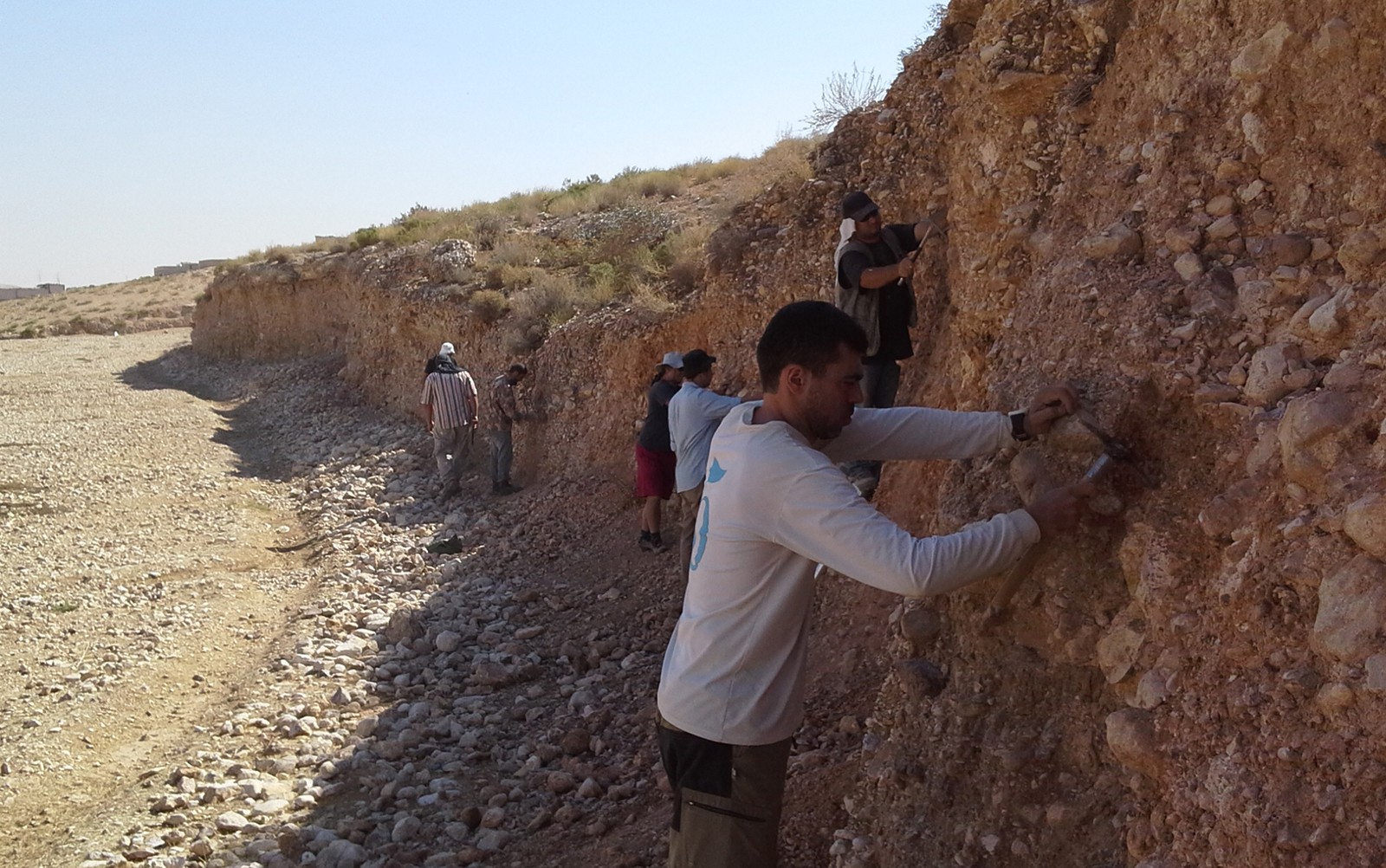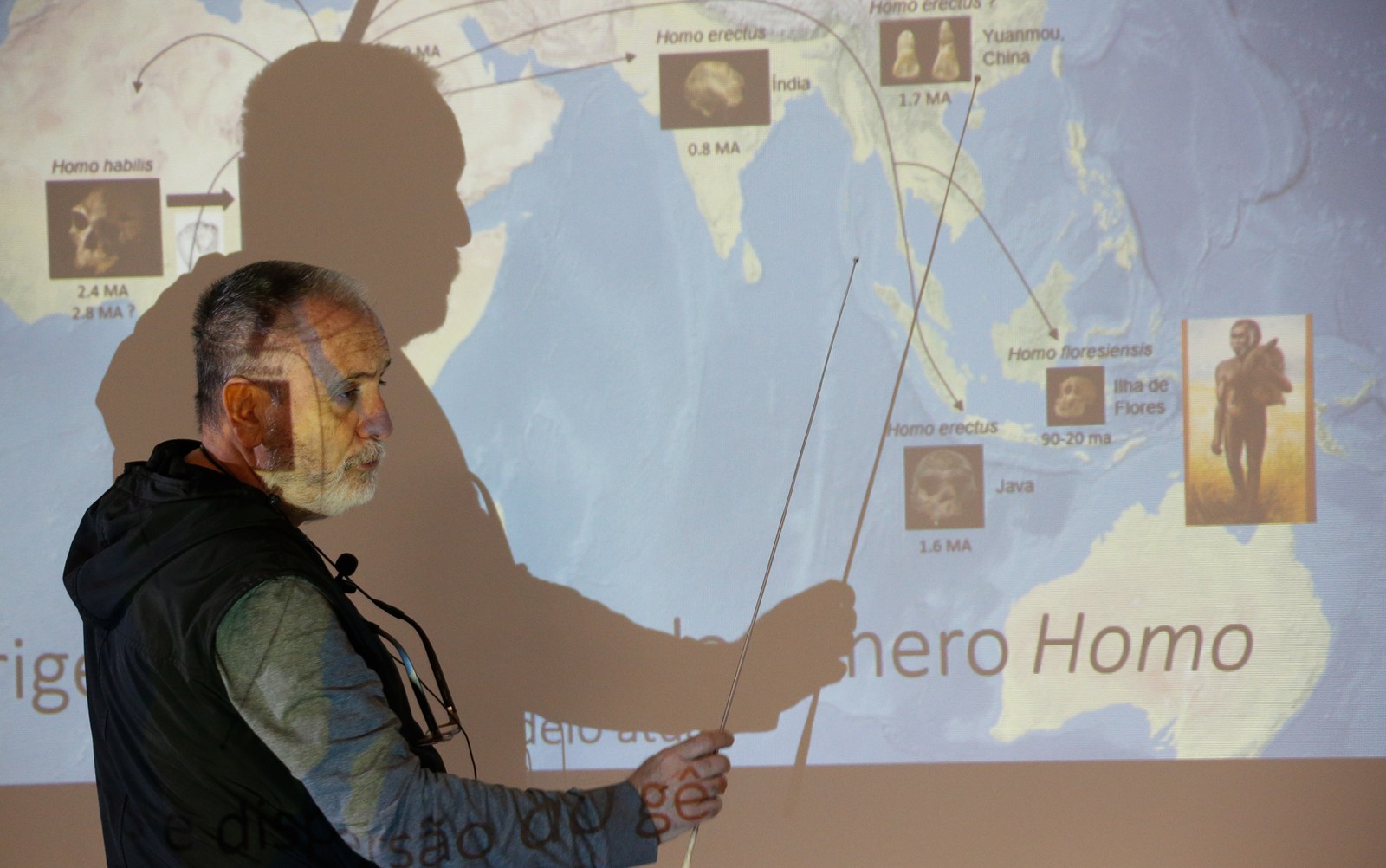RIO DE JANEIRO, BRAZIL – The findings raise new factors that may challenge the established understanding of the development of humankind and the dynamics of genus homo migration from Africa to other regions of the planet. The study findings have been published in a scientific journal.

The predominant thesis in academic debates, despite controversies and diverging theories, holds that the homo genus emerged some 2.4 million years ago in Africa, with homo habilis as its first representative. The homo erectus would have emerged two million years ago.
The first evidence of the presence of homo erectus outside the African continent occurred at an archaeological site in the country of Georgia, dating back 1.8 million years.
The researchers did not find fossils at the Jordan site, but rather polished stone material.
The excavations were conducted between 2013 and 2015. “The moment a hominid polished, that means a chipping event. They were located at some point, twenty centimeters from each other. It’s possible that we have not only found an ancient site but that it has behavioral significance,” said Astolfo Araújo, a researcher at the Museum of Archaeology and Ethnology at USP (University of São Paulo).
The first samples were collected in 2013 and were submitted to a dating procedure which determined the stones could be approximately five million years old, and the most recent basalt would date back 2.5 million years.

Collected blades
According to Giancarlo Scardia, of the Federal University of São Paulo (Unifesp), two other dating methods were applied on the collected shards.
“We’ve been careful to reach a more reliable dating. The results agree with a model that has no inconsistencies”, said the researcher in São Paulo.
According to the research coordinator, Walter Neves, a professor at the Institute of Advanced Studies of the University of São Paulo, the findings demonstrate that man did not leave Africa around 1.9 million years ago, but rather 2.4 million years ago, and sheds light on what would have been the first of its kind to leave the continent.
“We have preceded the exit from Africa by 500,000 years. This poses a question: who was this first hominid to leave Africa? The homo erectus? It is clear that the first hominid to leave Africa was the homo habilis. See how the perspective changes,” Neves said.
The scientist pointed out that this finding contributes to understanding some “hazy” reflections in current research.
“Our research will help bury the discussion of what to do with this tremendous variability we found in Georgia. It was different because the transition between habilis and erectus took place in Georgia. And after that, it spread to the rest of the world. We are solving one of the biggest issues of paleoanthropology in recent years,” he said.
The full text of the research is published in Quaternary Science Reviews magazine.

